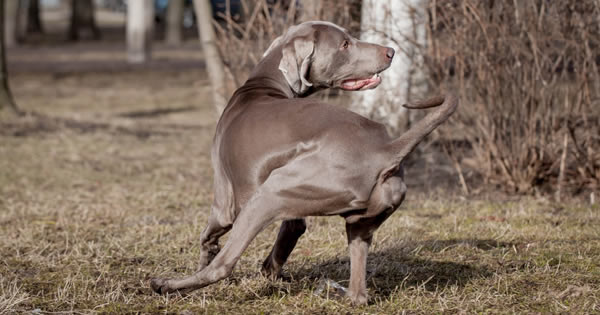
Cerebellar ataxia syndrome is a collection of symptoms related to damage to the cerebellum. This is the part of the brain that controls coordination, balance and fine motor function. Various pet health conditions can cause such damage. These include genetic disorders, trauma, toxins and tumors. Both dogs and cats can be affected by this syndrome.
How Ataxia Cerebellar Affects Your Pet
When the cerebellum is damaged, the pet develops problems with movement and balance. Most affected pets also develop intention tremors. This means that they shake when concentrating on an action. They also stand in odd positions since they do not have a normal sense of where their limbs are in space. Pets with cerebellar ataxia caused by cerebellar hypoplasia are born with the condition, and they do not get worse. Most other causes of cerebellar ataxia, including genetic diseases and most tumors, are progressive. With these pet diseases, the functional cells of the cerebellum die off over time. This results in worsening symptoms. A common genetic cause of cerebellar ataxia is cerebellar abiotrophy. In this disorder, dogs and cats start with a normal number of functional cerebellar cells, but these begin to die at some point. In some pets, the loss of cerebellar cells begins before birth.
Common Symptoms of Ataxia Cerebellar
Symptoms of cerebellar ataxia include the following: High-stepping gait, Stiff gait, Poor coordination, Walking on the knuckles, Poor balance, Intention tremors and Collapse. Unless the underlying condition has spread to other parts of the brain, pets with cerebellar ataxia have normal vision and awareness.
Treatments for Ataxia Cerebellar
Treatment for cerebellar ataxia depends on the underlying cause of the disease. Even if there is a treatment available, there is no way to reverse the symptoms. This is because once nerve cells die, they do not regenerate. The best that can be done is to stop the progression of the disease. Unfortunately, there is no treatment available to halt the progression of cerebellar abiotrophy. Dogs and cats with cerebellar ataxia require special care and lifestyle modifications to keep them safe. For example, they should be kept away from balconies, stairs and swimming pools. Depending on how fast the disease progresses, pets can enjoy years of life with cerebellar ataxia. When the disease advances to the point that they cannot walk or care for themselves, however, euthanasia for humane reasons must be considered.
Breeds Affected
Some of the conditions that cause cerebellar ataxia are associated with various breeds and physical characteristics. For example, cerebellar abiotrophy is more common in dogs possessing dilute coat colors. Dogs from the following breeds also have an increased risk of developing canine cerebellar abiotrophy: Beagle, Samoyed, Airedale terrier, Rough-coated collie, Coton de tulear, Finnish harrier, Jack Russell terrier, Irish setter, Miniature poodle, Rhodesian ridgeback, Australian kelpie, Bernese mountain dog, Border collie, Bull mastiff, Gordon setter, Kerry blue terrier, Labrador retriever, Brittany spaniel, Old English sheepdog and American Staffordshire terrier. There are no specific breeds associated with feline cerebellar abiotrophy.
Pet Insurance
When adding a dog or cat to your family you want to make sure your pet is happy, healthy and protected. During its lifetime your pet is exposed to many illnesses and diseases and some breeds are affected by a congenital disease which is a condition existing at birth. At these moments when your pet is ill or maybe needs surgery, you want to be protected for the unexpected and high veterinarian costs.